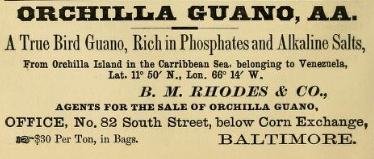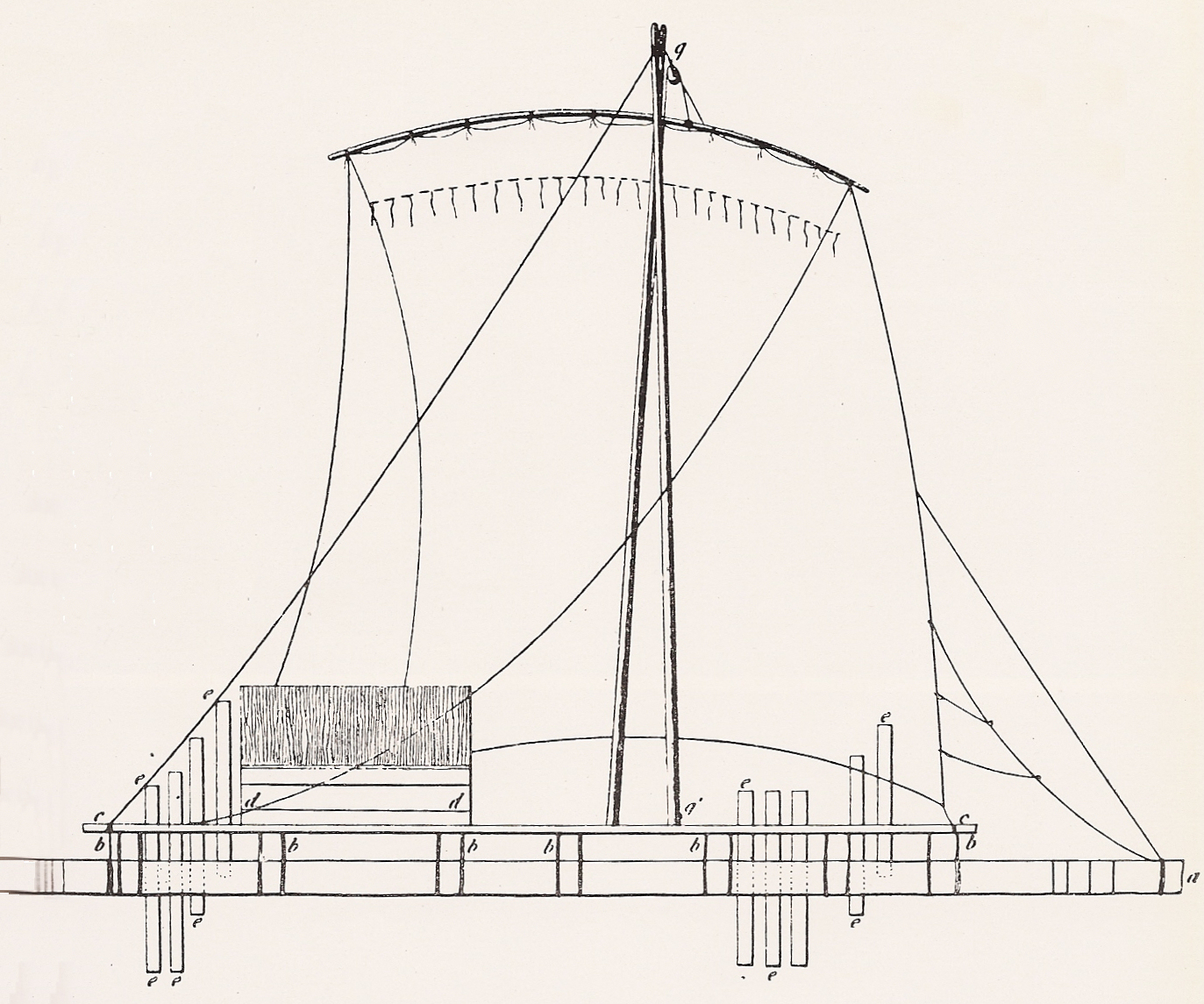|
Leicester Hemingway
Leicester Clarence Hemingway (April 1, 1915 – September 13, 1982) was an American writer. He was the younger brother of writer Ernest Hemingway and wrote six books, including a first novel entitled ''The Sound of the Trumpet'' (1953), based on Leicester's experiences in France and Germany during World War II. In 1961, Leicester published ''My Brother, Ernest Hemingway'', a biography. The work was well-received and brought Leicester both recognition as a writer in his own right and significant financial rewards. With the capital from the work, Hemingway created the micronation of New Atlantis on a raft off the coast of Jamaica, intended to serve as a marine research headquarters. The project was cut short when New Atlantis was destroyed in a 1966 tropical storm. Early life and family Hemingway was born in Oak Park, Illinois, to Clarence Edmonds Hemingway, a physician, and Grace Hall Hemingway, a musician. He was the youngest of six siblings, the others being Marcelline (1898 - ... [...More Info...] [...Related Items...] OR: [Wikipedia] [Google] [Baidu] |
Oak Park, Illinois
Oak Park is a village in Cook County, Illinois, adjacent to Chicago. It is the 29th-most populous municipality in Illinois with a population of 54,583 as of the 2020 U.S. Census estimate. Oak Park was first settled in 1835 and later incorporated in 1902, when it separated from Cicero. Architect Frank Lloyd Wright and his wife settled in Oak Park in 1889, and his work heavily influenced local architecture and design, including the Frank Lloyd Wright Home and Studio. Over the years, rapid development was spurred by railroads and street cars connecting the village to jobs in nearby Chicago. In 1968, Oak Park passed the Open Housing Ordinance, which helped devise strategies to integrate the village rather than resegregate. Today, Oak Park remains ethnically diverse, and is known for its socially liberal politics, with 80% or higher voter turnout in every presidential election since 2000. Oak Park is closely connected to Chicago with Chicago Transit Authority access via the Green Line ... [...More Info...] [...Related Items...] OR: [Wikipedia] [Google] [Baidu] |
Nautical Miles
A nautical mile is a unit of length used in air, marine, and space navigation, and for the definition of territorial waters. Historically, it was defined as the meridian arc length corresponding to one minute ( of a degree) of latitude. Today the international nautical mile is defined as exactly . The derived unit of speed is the knot, one nautical mile per hour. Unit symbol There is no single internationally agreed symbol, with several symbols in use. * M is used as the abbreviation for the nautical mile by the International Hydrographic Organization. * NM is used by the International Civil Aviation Organization. * nmi is used by the Institute of Electrical and Electronics Engineers and the United States Government Publishing Office. * nm is a non-standard abbreviation used in many maritime applications and texts, including U.S. Government Coast Pilots and Sailing Directions. It conflicts with the SI symbol for nanometre. History The word mile is from the Latin word for ... [...More Info...] [...Related Items...] OR: [Wikipedia] [Google] [Baidu] |
Hemingway Family
Ernest Miller Hemingway (July 21, 1899 – July 2, 1961) was an American novelist, short-story writer, and journalist. His economical and understated style—which he termed the iceberg theory—had a strong influence on 20th-century fiction, while his adventurous lifestyle and public image brought him admiration from later generations. Hemingway produced most of his work between the mid-1920s and the mid-1950s, and he was awarded the 1954 Nobel Prize in Literature. He published seven novels, six short-story collections, and two nonfiction works. Three of his novels, four short-story collections, and three nonfiction works were published posthumously. Many of his works are considered classics of American literature. Hemingway was raised in Oak Park, Illinois. After high school, he was a reporter for a few months for ''The Kansas City Star'' before leaving for the Italian Front to enlist as an ambulance driver in World War I. In 1918, he was seriously wounded and returne ... [...More Info...] [...Related Items...] OR: [Wikipedia] [Google] [Baidu] |
Writers From Oak Park, Illinois
A writer is a person who uses written words in different writing styles and techniques to communicate ideas. Writers produce different forms of literary art and creative writing such as novels, short stories, books, poetry, travelogues, plays, screenplays, teleplays, songs, and essays as well as other reports and news articles that may be of interest to the general public. Writers' texts are published across a wide range of media. Skilled writers who are able to use language to express ideas well, often contribute significantly to the cultural content of a society. The term "writer" is also used elsewhere in the arts and music, such as songwriter or a screenwriter, but also a stand-alone "writer" typically refers to the creation of written language. Some writers work from an oral tradition. Writers can produce material across a number of genres, fictional or non-fictional. Other writers use multiple media such as graphics or illustration to enhance the communication of th ... [...More Info...] [...Related Items...] OR: [Wikipedia] [Google] [Baidu] |
1982 Deaths
__NOTOC__ Year 198 (CXCVIII) was a common year starting on Sunday (link will display the full calendar) of the Julian calendar. At the time, it was known as the Year of the Consulship of Sergius and Gallus (or, less frequently, year 951 ''Ab urbe condita''). The denomination 198 for this year has been used since the early medieval period, when the Anno Domini calendar era became the prevalent method in Europe for naming years. Events By place Roman Empire * January 28 ** Publius Septimius Geta, son of Septimius Severus, receives the title of Caesar. ** Caracalla, son of Septimius Severus, is given the title of Augustus. China *Winter – Battle of Xiapi: The allied armies led by Cao Cao and Liu Bei defeat Lü Bu; afterward Cao Cao has him executed. By topic Religion * Marcus I succeeds Olympianus as Patriarch of Constantinople (until 211). Births * Lu Kai (or Jingfeng), Chinese official and general (d. 269) * Quan Cong, Chinese general and a ... [...More Info...] [...Related Items...] OR: [Wikipedia] [Google] [Baidu] |
1915 Births
Events Below, the events of World War I have the "WWI" prefix. January *January – British physicist Sir Joseph Larmor publishes his observations on "The Influence of Local Atmospheric Cooling on Astronomical Refraction". * January 1 ** WWI: British Royal Navy battleship HMS ''Formidable'' is sunk off Lyme Regis, Dorset, England, by an Imperial German Navy U-boat, with the loss of 547 crew. ** Battle of Broken Hill: A train ambush near Broken Hill, New South Wales, Australia, is carried out by two men (claiming to be in support of the Ottoman Empire) who are killed, together with 4 civilians. * January 5 – Joseph E. Carberry sets an altitude record of , carrying Capt. Benjamin Delahauf Foulois as a passenger, in a fixed-wing aircraft. * January 12 ** The United States House of Representatives rejects a proposal to give women the right to vote. ** ''A Fool There Was'' premières in the United States, starring Theda Bara as a ''femme fatale''; she quickly b ... [...More Info...] [...Related Items...] OR: [Wikipedia] [Google] [Baidu] |
Oceanography
Oceanography (), also known as oceanology and ocean science, is the scientific study of the oceans. It is an Earth science, which covers a wide range of topics, including ecosystem dynamics; ocean currents, Wind wave, waves, and geophysical fluid dynamics; plate tectonics and the geology of the sea floor; and fluxes of various chemical substances and physical properties within the ocean and across its boundaries. These diverse topics reflect multiple disciplines that oceanographers utilize to glean further knowledge of the world ocean, including astronomy, biology, chemistry, climatology, geography, geology, hydrology, meteorology and physics. Paleoceanography studies the history of the oceans in the geologic past. An oceanographer is a person who studies many matters concerned with oceans, including marine geology, physics, chemistry and biology. History Early history Humans first acquired knowledge of the waves and currents of the seas and oceans in pre-historic times. Obser ... [...More Info...] [...Related Items...] OR: [Wikipedia] [Google] [Baidu] |
Guano Islands Act
The Guano Islands Act (, enacted August 18, 1856, codified at §§ 1411-1419) is a United States federal law passed by the U.S. Congress that enables citizens of the United States to take possession, in the name of the United States, of unclaimed islands containing guano deposits. The islands can be located anywhere, so long as they are not occupied and not within the jurisdiction of another government. It also empowers the president of the United States to use the military to protect such interests and establishes the criminal jurisdiction of the United States in these territories. Background In the 1840s, guano came to be prized as a source of saltpeter for gunpowder as well as an agricultural fertilizer. The United States began importing it in 1843 through New York. By the early 1850s, the U.K. imported over 200,000 tons a year, and U.S. imports totaled about 760,000 tons. The "guano mania" of the 1850s led to high prices in an oligopolistic market, attempts of price c ... [...More Info...] [...Related Items...] OR: [Wikipedia] [Google] [Baidu] |
Raft
A raft is any flat structure for support or transportation over water. It is usually of basic design, characterized by the absence of a hull. Rafts are usually kept afloat by using any combination of buoyant materials such as wood, sealed barrels, or inflated air chambers (such as pontoons), and are typically not propelled by an engine. Rafts are an ancient mode of transport; naturally-occurring rafts such as entwined vegetation and pieces of wood have been used to traverse water since the dawn of humanity. Human-made rafts Traditional or primitive rafts were constructed of wood or reeds. Modern rafts may also use pontoons, drums, or extruded polystyrene blocks. Inflatable rafts up to the 20th century used flotation chambers made of goat- or buffalo-skins, but most now use durable, multi-layered rubberized fabrics. Depending on its use and size, it may have a superstructure, masts, or rudders. Timber rafting is used by the logging industry for the transportation of logs, ... [...More Info...] [...Related Items...] OR: [Wikipedia] [Google] [Baidu] |






